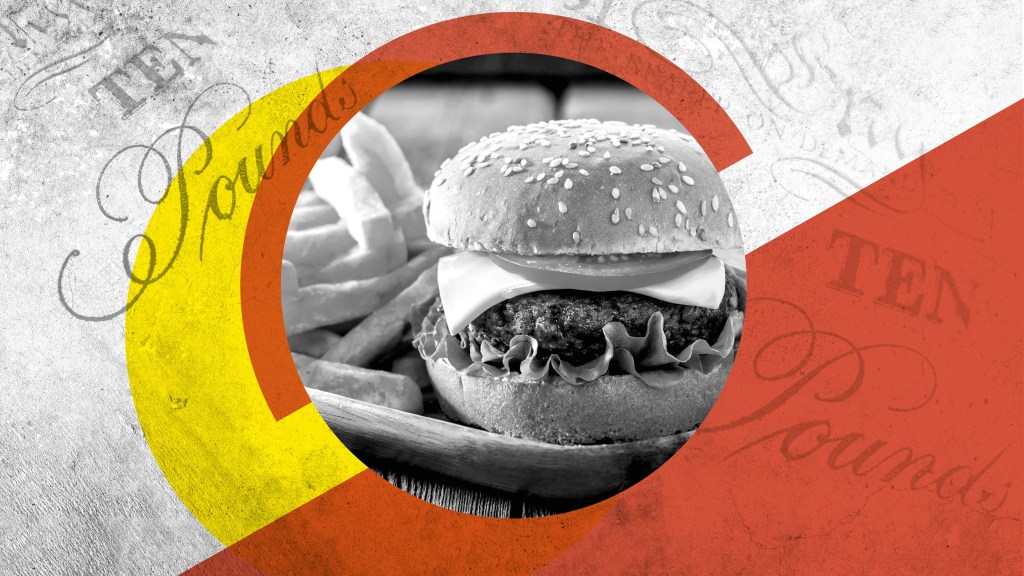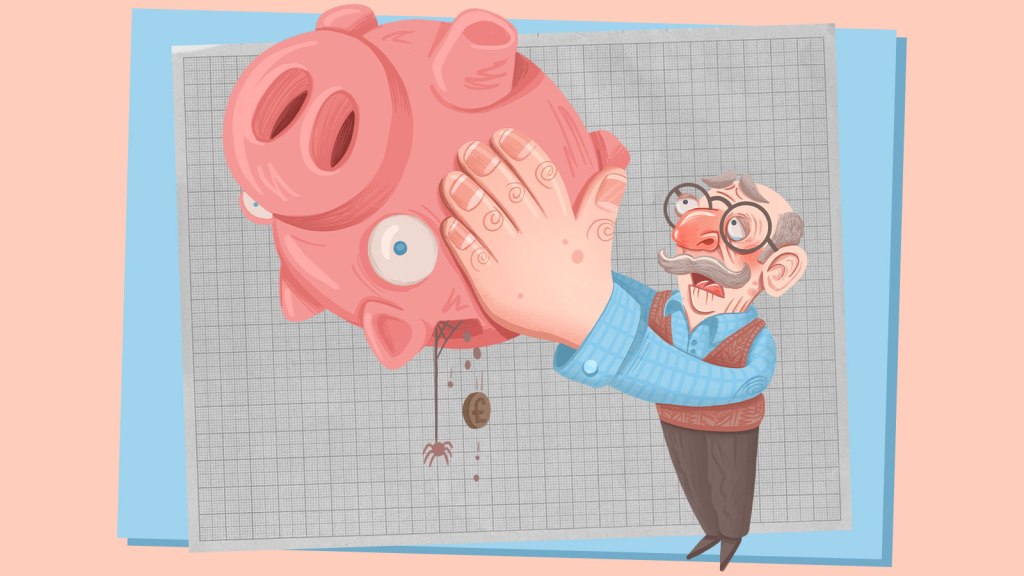Is Implementing a ‘Fat Tax’ on Unhealthy Foods Effective?
The debate on taxing unhealthy foods reignites as poor diets are a significant risk factor for ill health. Some advocate for a ‘fat tax’ on ultra-processed foods, while opponents resist state intervention in consumer choices. Can such a tax improve public health?
Christopher Snowdon, head of lifestyle economics at the Institute of Economic Affairs
The failure of Denmark’s fat tax, introduced in 2011 and repealed 15 months later, should have dismissed the notion of using taxes to combat obesity.
This brief experiment resulted in inflation, lower wages, unemployment, cross-border shopping, and heavy bureaucracy. It was highly unpopular across political lines, and the Danes were relieved to see it go.

Since then, Denmark has also repealed its tax on sugary drinks, Norway has eliminated its sugar tax, and Finland has removed taxes on confectionery, chocolate, and ice cream.
The current argument for taxing unhealthy food is that it will force the industry to alter product ingredients, similar to the ‘success’ of the sugar tax. But what’s the success? Childhood obesity rates have increased since the sugar tax came into force in 2018.
Efforts to reformulate food have repeatedly failed as consumers reject the new products, and there’s no sign of this changing. Anyone who has tasted an artificially sweetened biscuit can attest to this.
What exactly is ‘unhealthy’ food? When Denmark’s fat tax was enacted, saturated fat was the dietary villain. Later, it was sugar. Today, it’s ‘ultra-processed food,’ a broad term that includes everything from hummus to wholemeal bread, but not sugar or fat themselves.
It’s unwise to use government force to impose such standards on the public. Remember the outcry in 2012 when David Cameron’s government proposed VAT on hot pasties?
A ban on volume discounts for ‘junk food’ deals was repeatedly postponed due to the backlash it would provoke, especially from budget-conscious shoppers during high inflation.
Raising living costs to discourage people from eating their preferred foods is unpopular. Some medical professionals support it, but they don’t face re-election like politicians do, as Danish journalist Kristian Madsen noted in 2012.
Yes
Tam Fry, chairman of the National Obesity Forum
The sugar tax’s remarkable success supports the idea of a similar fat tax on unhealthy foods.
The soft drinks industry levy (SDIL), introduced in 2018, pushed manufacturers to reduce excess sugar—a major obesity risk factor—in their drinks, or face a tax.

Despite initial criticism, the levy succeeded. While a few brands retained their original formulas, most introduced lower-sugar options.
It was beneficial for all. Customers increasingly bought the cheaper, low-sugar drinks, making the SDIL effective within a year. In five years, about 45,000 tons of sugar were removed from UK soft drinks, meeting its goal of combating childhood and adult obesity.
No similar tax exists for high-fat, high-sugar, and high-salt foods like crisps, chocolate, and biscuits—but there should be. Reducing these levels in foods is more challenging than removing sugar from drinks and would likely take longer but is necessary due to the severe obesity problem.
One proposed alternative is higher VAT on unhealthy food, but this would directly impact consumers. Instead, a fat tax akin to the sugar levy would compel the industry to act.
For over a decade, the food industry has promised to meet nutritional standards yet missed every self-imposed deadline, especially for salt levels. New levies would signal that discussion time is over—action is needed.




Post Comment